Europe is accelerating investments in green hydrogen, building hubs and pipelines to reduce energy dependence on fossil fuels, while Romania remains at the starting line, with pilot projects and plans still only on paper, representatives of the Smart Energy Association (AEI) say.
In the context of the adoption of the National Hydrogen Strategy 2025-2030, the Smart Energy Association continues the campaign to promote green hydrogen, but also the steps that Romania must follow to achieve perhaps one of the most ambitious energy plans in recent years, while also offering examples from Western countries.
According to the cited source, Romania produces about 200,000 tonnes of hydrogen annually, almost exclusively "gray", and the target for 2030 is 153,000 tonnes of green hydrogen. In reality, there are only three pilot projects, "small, almost experimental".
On the other hand, the Netherlands is building its pipeline network before there is demand. In the port of Rotterdam, the first hydrogen pipelines are already installed, and by 2030, the country wants to connect ports and large industrial areas with a 1,200-km network. "The strategy is risky, but visionary: if the infrastructure is there, investors will come", says the AEI analysis sent on Wednesday to AGERPRES.
Also in Groningen, the Heavenn project shows how the "hydrogen economy" can work: wind-powered electrolyzers, hydrogen stored and used by factories, buses and ships - an ecosystem that is already functional.
According to the AEI, Berlin is targeting 10 GW of electrolyzers by 2030. The first units are already operating, but the transition is expensive and full of challenges. Hydrogen trains, launched since 2018, have proven promising but difficult to maintain. However, the experience gained puts Germany ahead of Central and Eastern Europe, say AEI experts.
France and Spain are also transforming their ports into energy hubs. At Port-La Nouvelle, France is building Hyd'Occ - a 20 MW project that will produce 3,000 tonnes of green hydrogen annually. In Spain, the HyVal project in Valencia aims for 2 GW of electrolyzers, and Andalusia has already drawn over 300 million euros for a similar hub. The Spaniards are banking on hydrogen exports and clean fuels for aviation and shipping.
In Denmark, authorities are investing in a large-scale electrolyzer and building a pipeline to Germany to transform ports into green hydrogen hubs. The first installations are already in operation and are supplying directly to industry.
Norway, for its part, is using hydropower to produce clean hydrogen for transport and industry - including ferries connecting islands.
At the European level, the EU is aiming for 10 million tonnes of green hydrogen per year by 2030. To achieve this goal, 100 GW of installed capacity would be needed, but in reality, only 2% of the announced projects are under construction, the rest still on paper, according to the EY Hyvolution 2025 report.
The major problem remains the cost: 5 euros/kg for green hydrogen, compared to 1-2 euros/kg for "grey" hydrogen. The competitiveness threshold would be below 3 euros/kg - a goal dependent on the decrease in the price of renewable energy.
"The discussion about prices is sensitive and risks fragmenting the hydrogen economy and power-to-gas technologies. In an economy, it is not the price that is decisive, but the mechanisms - technical, economic and legislative - that create the market. First, we need to understand the role of hydrogen in the economy of the future, build this market, and you will see that the right price will be found," explained Ioan Iordache, president of the Hydrogen Energy Association and member of the AEI, quoted in the press release.
He states that Romania can catch up with Western countries, but this will require sustained efforts.
"These countries have invested many resources in this direction - financial, administrative, industrial and human ones - for many years. Today, they are providers of technologies and integrated solutions and already have large-scale projects. Unfortunately, except for scientific articles, communications at specialized conferences and a few rare projects, we do not really find ourselves on a European hydrogen map. Any gap is being made up for, but this means effort", Ioan Iordache also said.

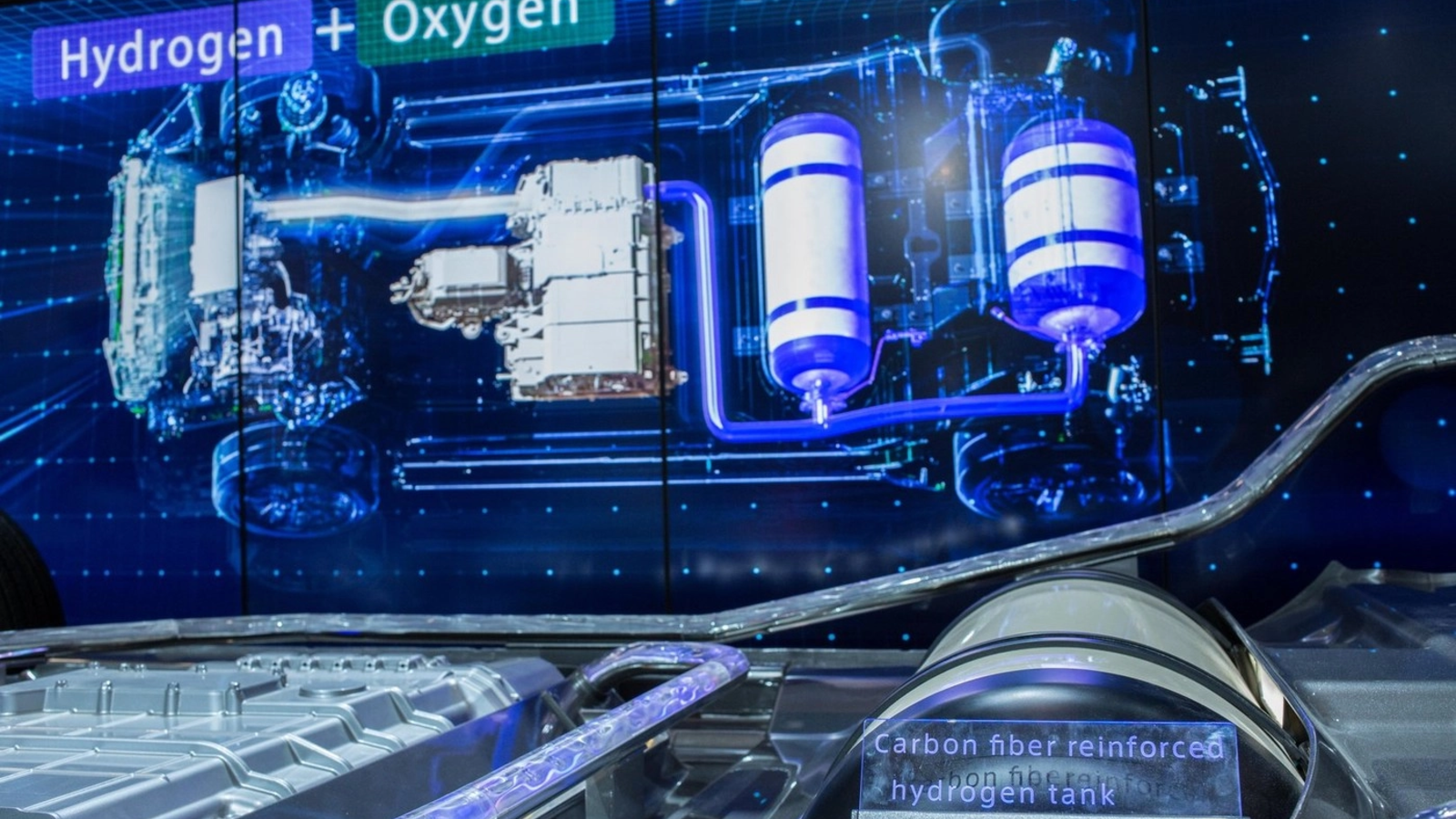



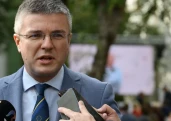
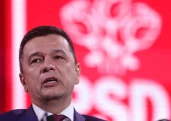


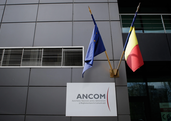
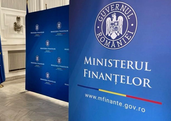
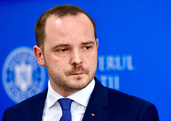

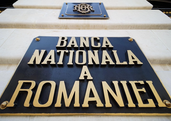
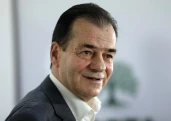
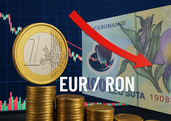
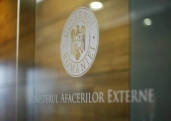




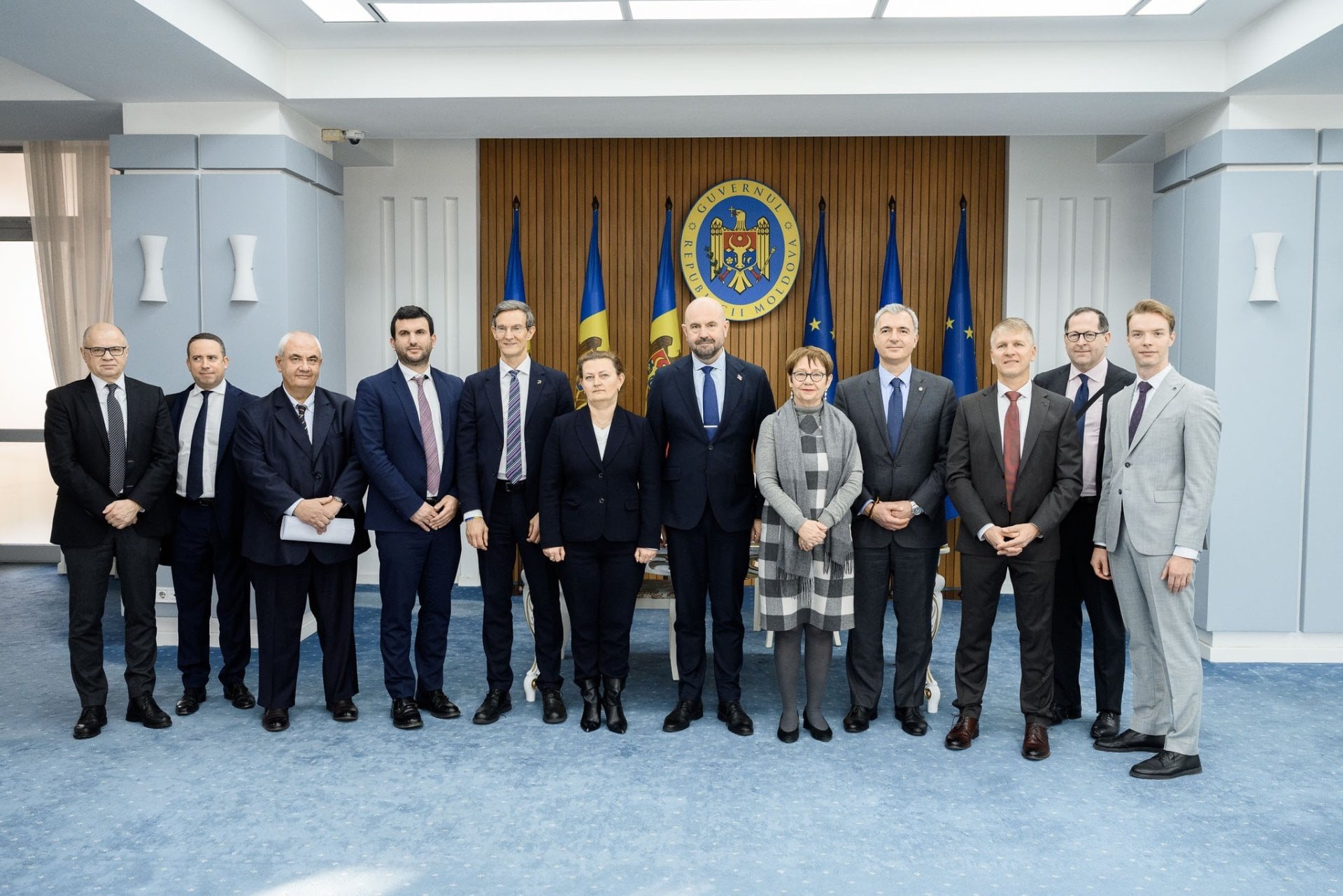
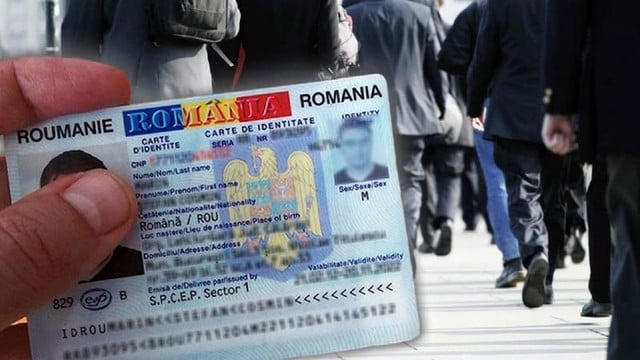
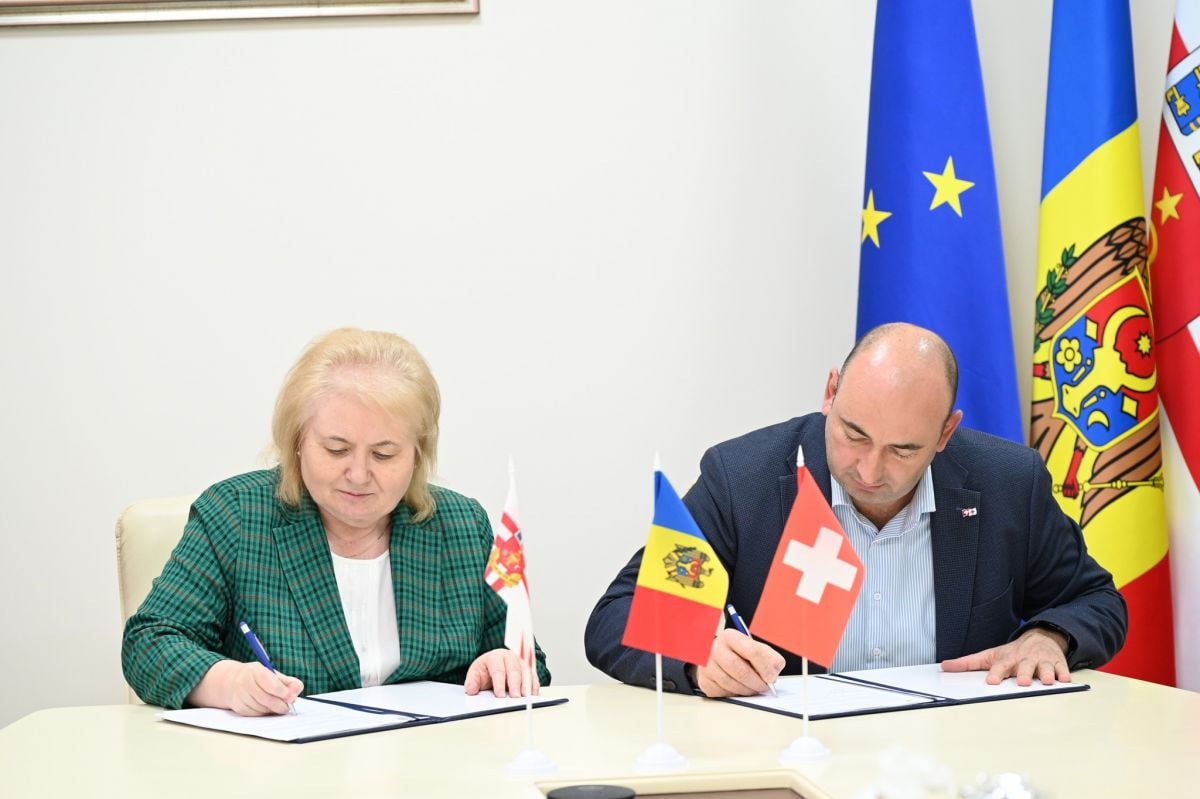








Comentează